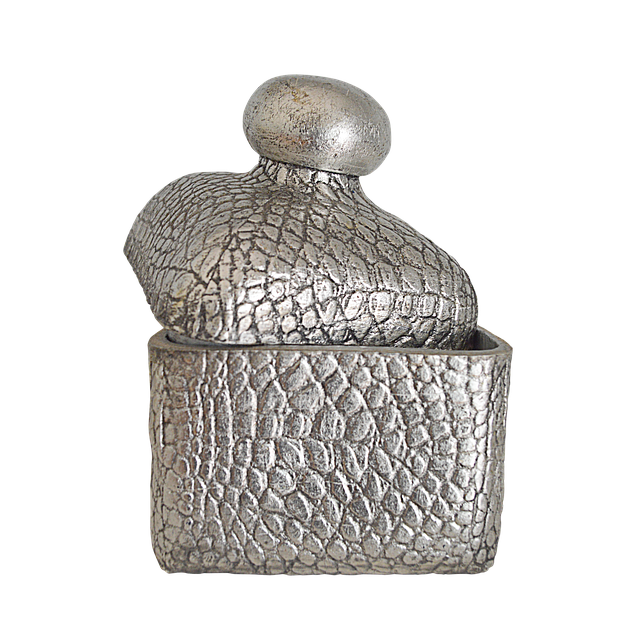Car title loan borrowers exhibit a notable gender gap: younger females (25-40) for immediate needs and older males (41-60) for longer-term goals. This aligns with societal roles and economic disparities. Blue-collar workers and lower-to-middle income individuals, often living paycheck to paycheck, rely on these loans despite higher interest rates. Urban areas show higher female borrowing trends due to increased opportunities, while rural regions have a male dominance reflecting traditional gender roles. Regional dynamics impact vehicle ownership and lending practices, requiring lenders to adapt services for responsible, tailored lending.
Exploring the intersection of gender and financial needs, this article delves into the unique customer demographics of car title loans. We analyze distinct patterns based on age, occupation, and regional preferences, highlighting how gender influences borrowing trends. Data reveals surprising insights into diverse economic backgrounds, offering a comprehensive view of who turns to car title loans and why. By understanding these factors, lenders can tailor services more effectively, catering to the specific financial landscapes of male and female borrowers.
- Gender and Title Loan Borrower Age Distribution
- Occupation and Income Levels Among Customers
- Regional Differences in Female vs Male Borrowing Trends
Gender and Title Loan Borrower Age Distribution

In terms of age distribution, car title loan borrowers exhibit a distinct gender gap. According to recent studies, female borrowers tend to be younger, with a higher concentration in the 25-40 age bracket. This demographic is often driven by immediate financial needs, such as unexpected expenses or bridging income gaps until their next paycheck. In contrast, male borrowers are more likely to fall within the older age groups, commonly ranging from 41 to 60 years old. They usually seek fast cash solutions for longer-term financial goals or major life events.
The gender difference in age is closely tied to societal roles and economic realities. Women often have higher rates of part-time employment or non-traditional work, making them more susceptible to short-term financial strain. Conversely, men generally hold traditional full-time jobs with stable income sources, which might lead them to consider car title loans for larger investments or debts. This insight into gender and age highlights the diverse needs of customers engaging in alternative lending, specifically focusing on the fast cash requirements and vehicle ownership status that influence their borrowing decisions.
Occupation and Income Levels Among Customers

In terms of occupation, car title loan customers tend to fall into several key categories. Professions such as blue-collar workers, including mechanics and construction laborers, frequently rely on these loans for quick access to emergency funds. This demographic often faces unpredictable income streams due to nature of their work and may not have traditional banking options readily available. Similarly, small business owners and entrepreneurs also make up a significant portion, utilizing title loans for same-day funding when unexpected expenses arise or to bridge financial gaps during startup phases.
Income levels among car title loan customers vary widely, but research indicates that lower-to-middle income individuals are disproportionately represented. These borrowers often live paycheck to paycheck and turn to these short-term solutions for immediate financial relief. The allure of quick approval and accessible funding, coupled with the lack of stringent credit requirements, makes car title loans an attractive option for those needing emergency funds fast, even if it means facing higher interest rates in the long term.
Regional Differences in Female vs Male Borrowing Trends

Regional differences play a significant role in shaping car title loan income demographics for both females and males. In urban areas known for their bustling economies and diverse populations, women tend to show higher borrowing trends compared to men. This can be attributed to factors like increased opportunities for education and employment, as well as greater financial independence. Conversely, in rural regions, male borrowers often dominate, possibly reflecting traditional gender roles and a higher reliance on agriculture or blue-collar jobs.
These variations highlight the need to understand local dynamics when analyzing car title loan demographics. For instance, women in urban centers may seek title loans for business ventures or unexpected expenses, while men in rural areas might turn to them for farm equipment financing or emergency costs. Such insights are crucial for lenders offering services like same-day funding and loan refinancing, enabling them to cater to specific customer needs across diverse regions and promote responsible lending practices tailored to local vehicle ownership trends.
Our analysis of car title loan customer demographics highlights significant variations based on gender, age, occupation, and regional location. Understanding these trends is crucial for lenders aiming to cater to diverse borrower needs effectively. By examining these factors, lenders can tailor their services, offering flexible options that meet the unique financial circumstances of male and female borrowers across different regions. This approach ensures a more inclusive and accessible lending environment, ultimately enhancing customer satisfaction and loyalty in the car title loan market.






